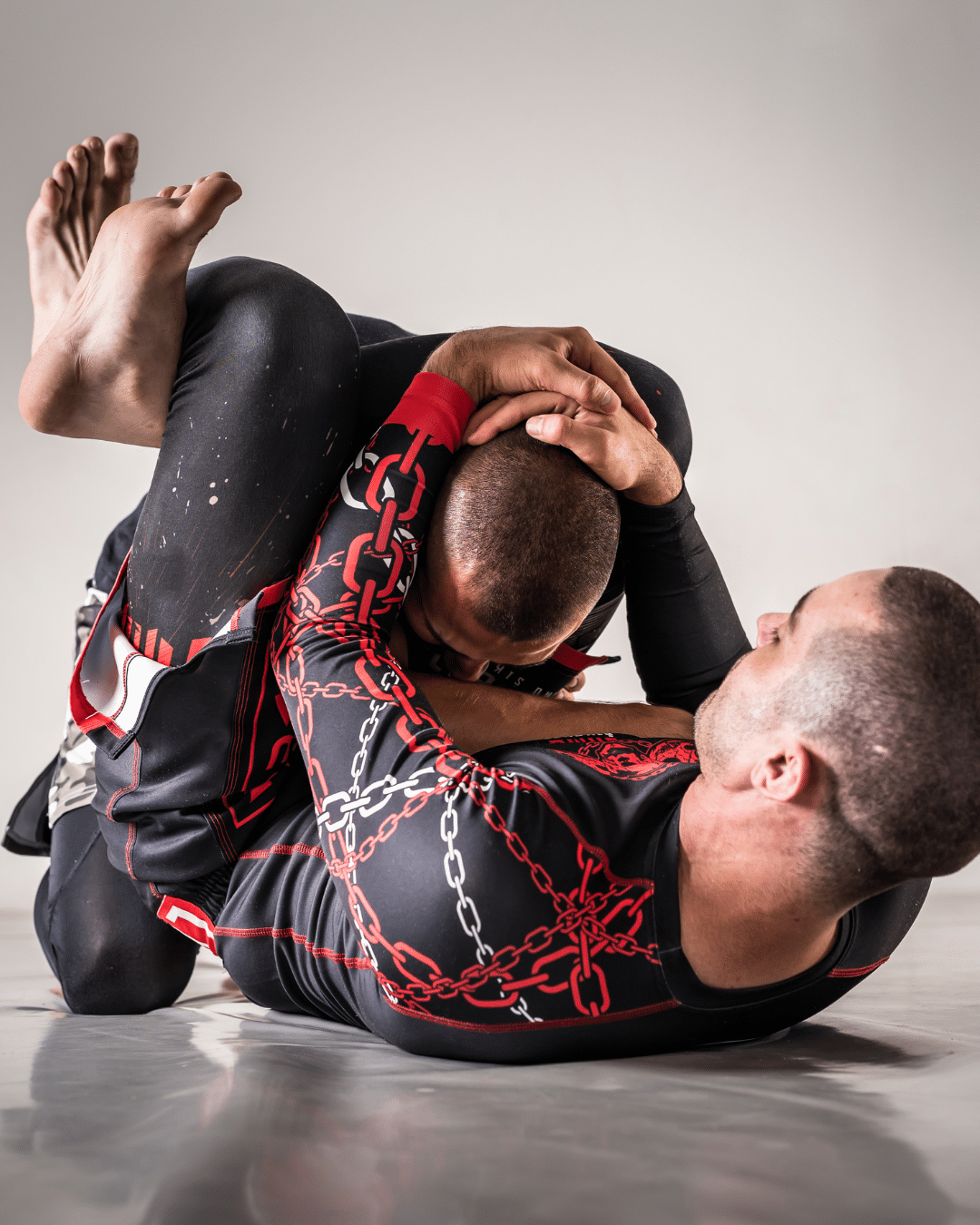

Defending Against the Triangle Choke: Essential Techniques
The Triangle Choke is a staple submission in Brazilian Jiu-Jitsu (BJJ) and Mixed Martial Arts (MMA), known for its effectiveness and the minimal strength required to execute. As formidable as it is, learning how to defend against it is crucial for any practitioner. This blog post will guide you through essential techniques and strategies to defend against the Triangle Choke effectively.
Recognizing the Setup
The first step in defense is recognition. The Triangle Choke can be set up from various positions, but it’s most commonly attempted from the guard. Key indicators include your opponent controlling one of your arms while opening their legs and attempting to place their leg over your shoulder. Awareness of these movements is crucial in initiating your defense early.
Immediate Response: Posture and Position
Once you identify a Triangle Choke attempt, your immediate response should be to adjust your posture. Keep your back straight and your head up; this posture makes it harder for your opponent to pull your head down and close the triangle.
1. Posture Up: Elevate your body by straightening your spine and pushing off the ground with your legs. This creates space and reduces the pressure around your neck.
2. Control the Opponent’s Hips: Use your hands to control their hips. This prevents them from adjusting their angle, which is essential for tightening the choke.
Preventing the Lock
If the opponent has started to lock their legs, your next goal is to prevent them from completing the choke.
1. Create Space: Insert your hand (on the side they’re attempting the choke) between their leg and your neck. This creates space and relieves pressure.
2. Shoulder Positioning: Keep the shoulder of the trapped arm pressed forward. This makes it more difficult for your opponent to lock the choke fully.
Escaping the Partially Locked Triangle Choke Hold
If your opponent has partially locked the triangle but has yet to secure it fully, there’s still an opportunity to escape.
1. Stacking: Use your free arm to push against your opponent’s knee and start ‘stacking’ them by driving forward, forcing them to carry your weight. This makes it uncomfortable for them and can create escape openings.
2. Turn the Angle: Shift your body towards the side of your trapped arm. This movement can help loosen the choke and allow you to extract your arm.
Dealing with a Fully Locked Triangle
If you find yourself caught in a fully locked Triangle Choke hold, your options are limited, but there are still escape possibilities.
1. Create Pressure on the Neck: One counter-intuitive method is gently press forward into the choke. This can sometimes create enough discomfort for your opponent, leading them to loosen their legs.
2. Leg Work: Utilize your legs to shift your position. By moving your legs to one side, you can alter the angle of the choke, potentially creating a gap for escape.
Training and Drills
Regularly practicing defense against the Triangle Choke is as vital as learning the submission itself. Here are some drills that can help:
1. Reaction Drills: Have a training partner attempt various submissions, including the Triangle Choke, and practice recognizing and reacting quickly.
2. Positional Sparring: Start sparring sessions in a position where your opponent is about to lock in a Triangle Choke. This allows you to work on your escapes in a controlled environment.
Conclusion: The Importance of Defense in BJJ
In BJJ, a solid defense is as crucial as a strong offense. Understanding and practicing the defense against common submissions like the Triangle Choke improves your overall game and builds confidence in your ability to handle adverse situations. Remember, the key to mastering any defensive or offensive technique lies in consistent practice, attention to detail, and learning from every sparring session.
Advertisements
Granite Bay Jiu Jitsu
RELATED POSTS










